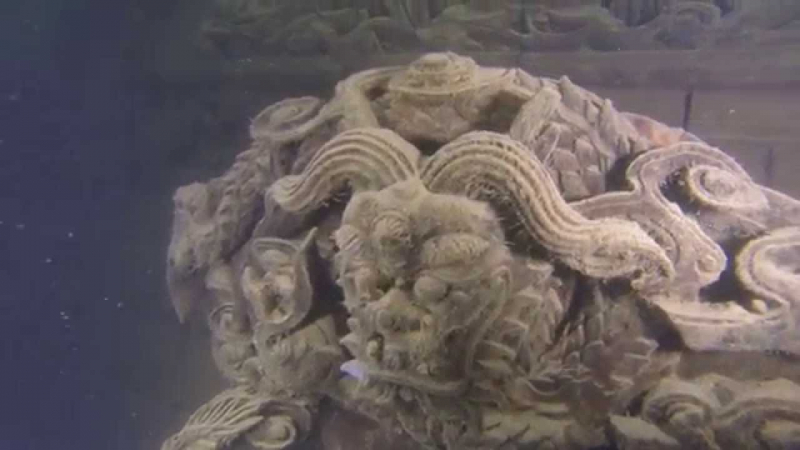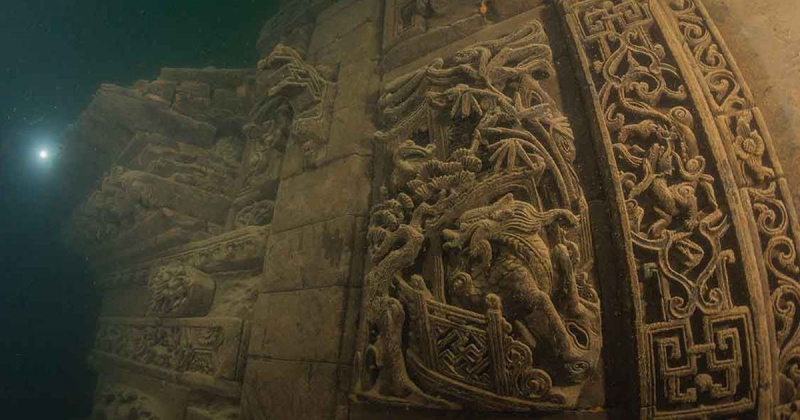Shī Chéng
Shī Chéng (Chinese: 狮城, meaning 'Lion City') is an ancient underwater city located beneath Qiandao Lake in China's Zhejiang Province. The Chinese government flooded the city in 1959 for the purpose of industrialization after a hydroelectric dam was necessary for the province of Zhejiang. According to the evidence discovered, the lost city was inhabited for centuries but is now mostly used by tourists and diving specialists as an underwater tourist attraction.
On government directives, Shī Chéng was purposefully flooded to make room for a hydropower dam. As a result of the project, approximately 300,000 people were relocated. The former residents were linked to the Lion City by genealogy and culture. Shī Chéng was said to be the most important Chinese city that has been well preserved. Being 131 feet underwater saved much of its dwellings, temple structures, and paved roadways. It was so shielded from wind, rain, and sun harm. The city has five entrance gates rather than the typical four. Stone architecture may be traced back to the Ming and Qing eras. The streets of Shī Chéng have 265 archways with preserved stonework dating from 1777, while the city walls date from the 16th century. When the city was rediscovered in 2001, the Chinese government prepared an expedition to study the ruins of the vanished metropolis. The Chinese National Geography issued images and graphics in 2011, sparking curiosity among the general public and researchers to investigate.
Location: Qiandao Lake, Zhejiang, China
Depth: 26 to 40m
Dating: nearly 1,400 years old












